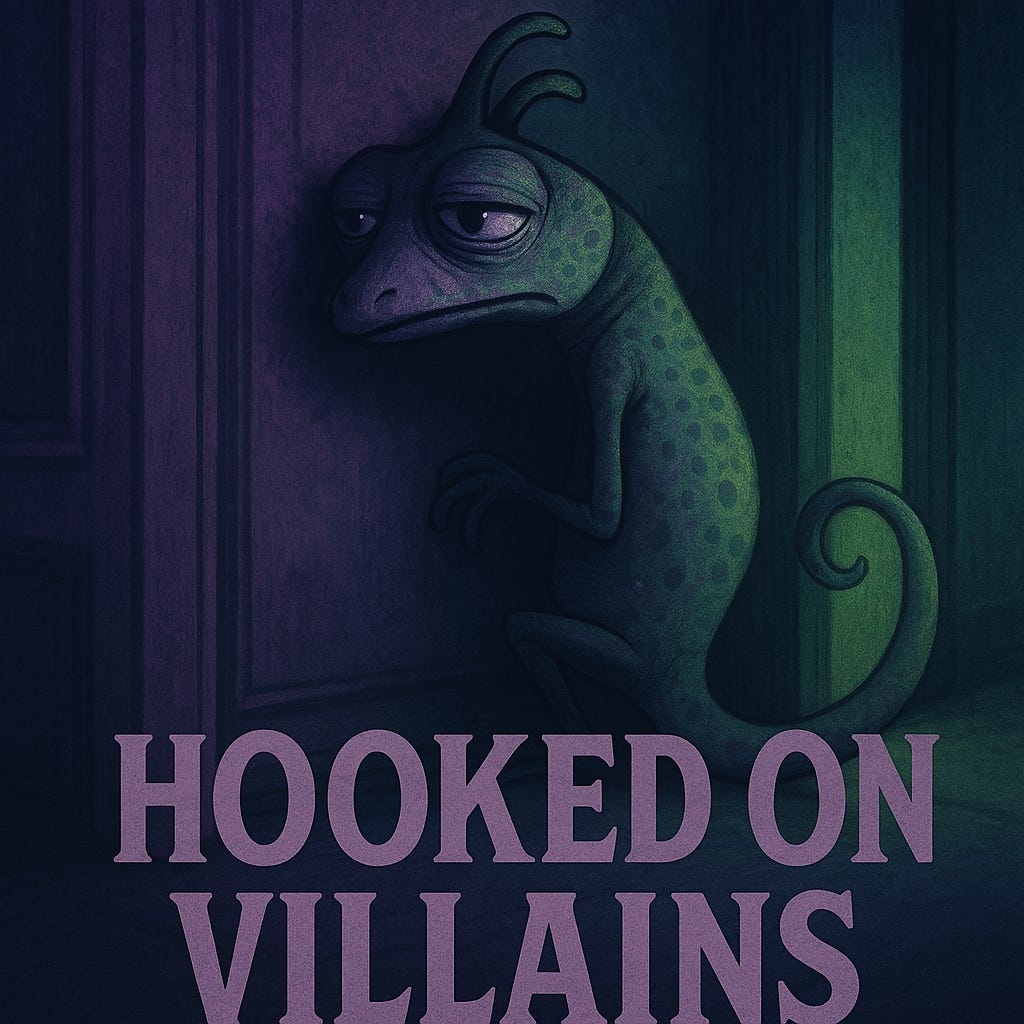Good Morning Friends!
In the world of Monsters, Inc., fear is fuel, screams are currency, and Randall Boggs is the guy everyone loves to hate. With his slithery stealth, sinister stare, and invisible antics, he’s the textbook villain… or is he?
Let’s pull back the curtain (or camouflage, in Randall’s case) and explore what really drives this misunderstood monster. Because sometimes, the bad guys aren’t born that way — they’re made.
First Impressions: Randall the Villain
Randall Boggs is introduced as a creepy chameleon-like monster with a vendetta against our beloved Mike and Sulley. He’s ambitious, sneaky, and kind of terrifying — especially to kids. But underneath the evil laughs and nefarious plans lies a monster that might not be evil… just overlooked.
The Psychology Behind the Scare
Let’s break down what really makes Randall tick:
1. A Craving for Recognition
Randall’s obsession with being the top scarer might come off as ruthless, but deep down it screams (pun intended) insecurity. He’s desperate to prove himself in a system that only rewards one kind of success — fear.
2. Jealousy & Competition
His rivalry with Sulley isn’t just about the leaderboard. It’s about self-worth. Sulley is beloved, adored, and accepted. Randall? Not so much. When you're always second best, it’s easy to feel invisible — especially for someone who can literally vanish.
3. Isolation and Rejection
We never see Randall with real friends. He doesn’t have a Mike to back him up, no social circle, no support system. Instead, he teams up with Mr. Waternoose, another villain figure. Randall’s alliances are built on ambition, not trust — a common trait in people who’ve been hurt or excluded.
4. Adapt to Survive
Randall’s ability to camouflage might be more than just a cool monster trick. It mirrors how some people learn to hide their true selves just to fit in — especially when they feel like they’re not accepted as they are.
From Villain to Victim?
Let’s be clear — Randall’s actions (like kidnapping kids) are not okay. But that doesn’t mean his story isn’t worth understanding. Behind his villainy is a character who never got the validation, friendship, or compassion he needed. He was driven by fear — not of children, but of failure and irrelevance.
In another world (or another workplace), maybe Randall could’ve been the hero.
Final Thoughts: Monsters Aren’t Always What They Seem
Randall Boggs reminds us that villains are rarely one-dimensional. He’s a product of his environment, shaped by pressure, competition, and loneliness. And while he might hide in the shadows, his story shines a light on how easily someone can be labeled “bad” when really… they’re just hurt.
So next time you watch Monsters, Inc., don’t just boo Randall. Ask why he became the monster he is.
Until next time…Stay Hooked My Friends,
Matt





